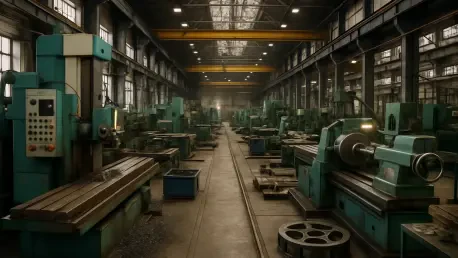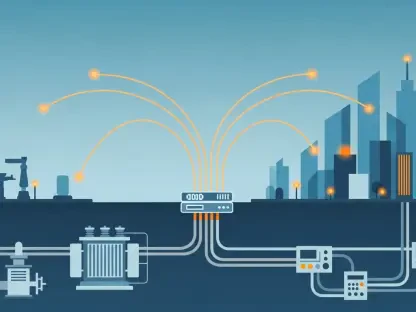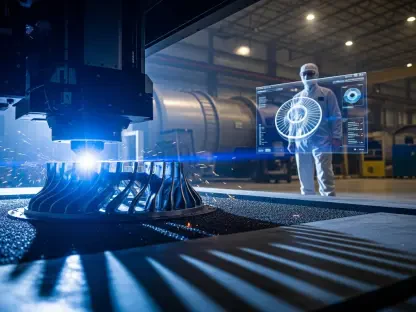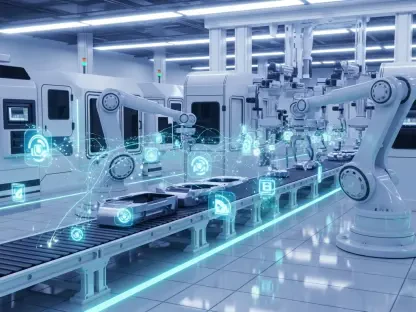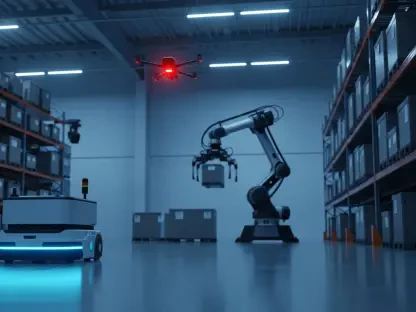The U.S. manufacturing landscape is undergoing a significant transformation, driven by the emerging trends of reshoring and nearshoring. These movements, which bring manufacturing closer to domestic and neighboring grounds, are gaining momentum due to a combination of operational efficiencies and geopolitical circumstances. As these strategies take hold, they promise to reshape the manufacturing dynamics in the U.S., creating a more resilient and efficient sector. This article explores the past influences, current motives, and future implications of these trends.
Understanding the Shift in Manufacturing Dynamics
The evolution of U.S. manufacturing has been marked by substantial changes starting from the mid-20th century’s industrial prominence to a period of extensive offshoring. These historical shifts were dictated by global economic initiatives, technological progress, and shifts in policy. The resurgence through reshoring signals an innovative pivot, aiming to recover domestic strength by counteracting earlier global supply chain dependencies.
Historical Context: Tracing Manufacturing Evolution
The backdrop of the U.S. manufacturing renaissance includes a return to leveraging domestic capabilities, addressing earlier choices centered on globalization. The earlier wave of offshoring was a response to reduce operational costs, making economies such as China pivotal to manufacturing. As businesses aim to counterbalance previous decisions, reevaluating and strengthening the domestic sector is becoming increasingly critical.
Key Drivers of Reshoring and Nearshoring
Reshoring Momentum: Navigating Complex Terrain
The drive to reinvigorate U.S. manufacturing capabilities is bolstered by a latent potential that the pandemic unveiled. However, the path isn’t smooth. Skilled labor shortages and infrastructure deficits remain major limitations to full-scale reshoring. While the benefits, including job creation and decreased logistics costs, are compelling, strategic innovations are essential to resolve these challenges.
Nearshoring: Mexico’s Role and Potential
Proximity to Mexico provides a logistical advantage for nearshoring strategies, with the country emerging as a manufacturing hub in specific sectors such as automotive and electronics. Mexico’s efficient trade policies and reduced transportation times open opportunities, though infrastructural and capacity constraints necessitate cautious evaluations. It’s crucial to analyze both strengths and limitations in integrating Mexico into broader supply strategies.
Embracing Innovation and Regional Nuances
Technological advancements, such as AI and automation, are increasingly critical in reshaping production processes. By embracing innovation, manufacturers can overcome barriers to reshoring. Regional diversity translates to distinct challenges, from differing workforce skills to varying economic incentives. Understanding these nuances is vital for successful implementation of reshoring and nearshoring strategies.
Trends Shaping the Future of Manufacturing
As technology continues to redefine manufacturing processes, predictive analytics emerges as a key component in production efficiency. Economic factors, particularly inflation and interest rates, may influence reshoring momentum. Geopolitical shifts are expected to further redefine competitive dynamics within the sector, requiring keen strategic foresight to navigate evolving trends effectively.
Actionable Insights and Strategies
Adopting strategic measures could smooth the reshoring and nearshoring landscapes in the U.S. Manufacturing firms should consider investing in workforce development initiatives to address skill gaps. Collaborations with regions like Mexico require strategic early identification of infrastructural limits and risk management. Utilizing digital advancements could further enhance competitiveness and production resilience.
Closing Remarks
Moving forward, reshoring and nearshoring trends are expected to be pivotal in enhancing the U.S. manufacturing sector amidst global uncertainties. Fueled by a mix of geopolitical and economic incentives, these initiatives present opportunities for revitalizing domestic production. To realize these opportunities, strategic foresight in innovation and collaboration is essential. Adapting to the changing industrial landscape will ensure that U.S. manufacturing remains robust and competitive in the future.
